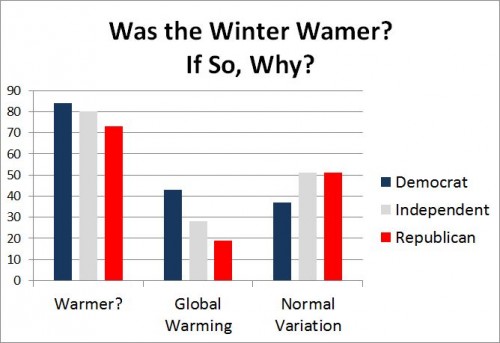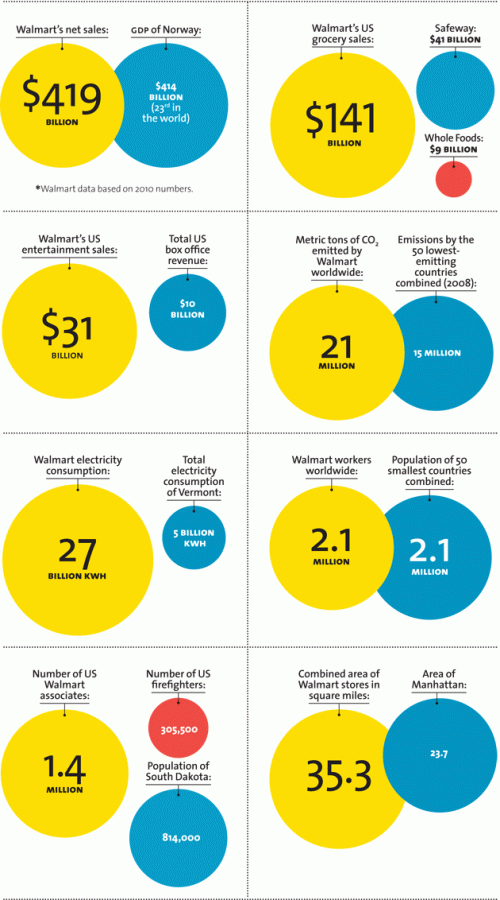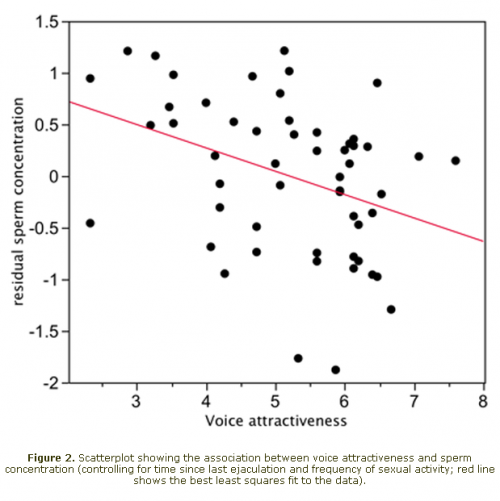In subarctic climates — ones in which the mean annual temperature is below 32° — the soil is frozen all year round. It’s damn cold, but a nice base on which to build. Until climate change starts melting the permafrost, of course.
These two now crooked buildings can be found in Dawson City, Canada. Carleton University geographers have shown that the average temperatures have been increasing, melting the permafrost, and destabilizing the town.
This image reminds me that I am only barely beginning to understand climate change and its consequences. How we will pay for climate change, and who will do so, is something I suspect I’ll learn much more about in the coming years.
Via Boing Boing.
Lisa Wade, PhD is an Associate Professor at Tulane University. She is the author of American Hookup, a book about college sexual culture; a textbook about gender; and a forthcoming introductory text: Terrible Magnificent Sociology. You can follow her on Twitter and Instagram.














